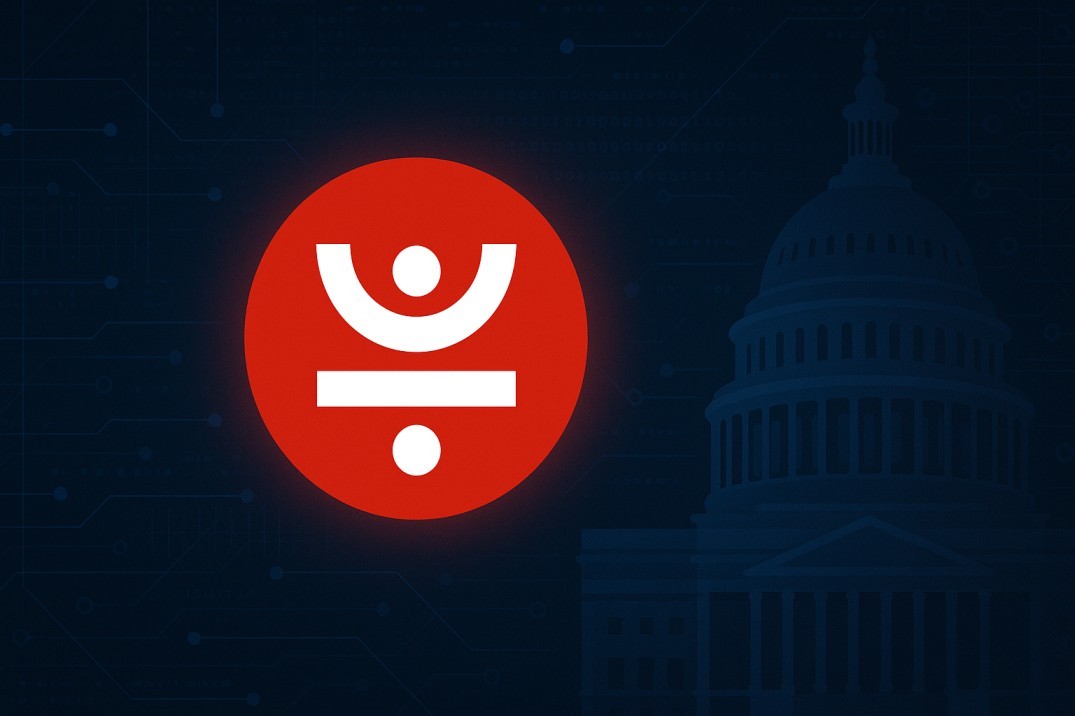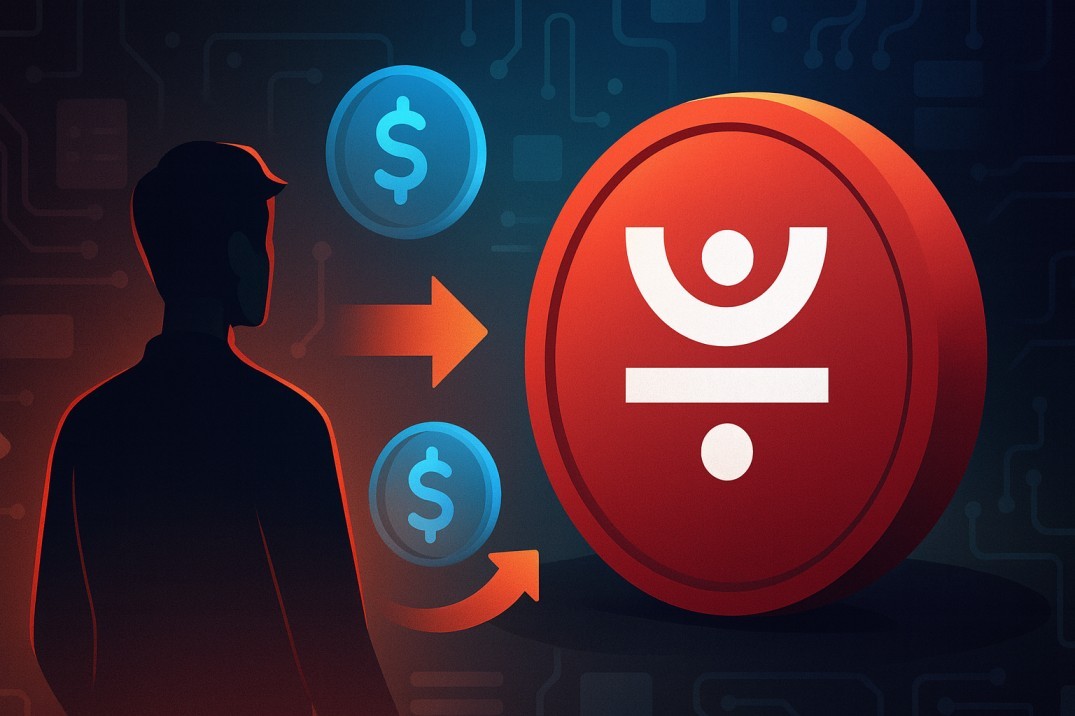TL;DR
- JST is a TRON-based governance token of the JUST DeFi system, launched in mid-2020.
- Its twin-token setup-USDJ stablecoin and JST governance token-is designed for lending, swapping, and cross-chain use.
- JUST includes JustStable (stablecoin), JustLend (lending), JustSwap (DEX), JustLink (oracles), and cross-chain token bridges.
- Total JST supply is 9.9 billion; all tokens are in circulation (~74% free supply).
- JST holders pay fees (burned), vote on proposals, brace for deflationary mechanics as the ecosystem grows.
- JustLend's TVL around $4-5 billion; ecosystem revenue reportedly reaches tens of millions USD annually.
- Risks include inflation, ecosystem concentration, algorithmic stablecoin vulnerabilities, and regulatory scrutiny.
Just (JST) is a governance token at the heart of JUST, a comprehensive decentralized finance (DeFi) ecosystem built on the TRON blockchain. Since its launch in 2020, JST and the broader JUST ecosystem have powered a suite of interoperable DeFi applications, including stablecoin minting, lending, swapping, cross-chain tokens, and decentralized oracles.
Let's explore JUST's origins, how it works, tokenomics, core features, risks, and future potential.
Origins & Ecosystem Vision

The JUST ecosystem launched in August 2020, shortly after JST's IEO on Poloniex in May 2020 . It was introduced by the JUST Foundation, a team including former professionals from Alibaba, Tencent, IBM, and global investment banks, with close ties to the TRON Foundation and TRON founder Justin Sun .
The goal was simple: to build a full DeFi suite natively on TRON with low fees, high throughput, and user-friendly design.
How Just Ecosystem Works
Two-Token Model
JUST operates on a two-token design:
USDJ: A multi-collateral stablecoin pegged to USD, minted via JustStable by locking collateral (e.g., TRX → PTRX) in a collateralized debt position (CDP) .
JST: The governance and fee token used across the ecosystem-paying stability fees, voting on parameters, and powering DeFi features .
Key Products
JustStable: Decentralized stablecoin issuance platform. Users lock TRX and issue USDJ, paying stability fees in JST, which are burned on repayment (deflationary burning).
JustLend DAO: TRON-based lending market. Users can earn yield by supplying assets or borrow USDJ. It's one of TRON's largest DeFi protocols, with billions in TVL and occasional supply mining rewards .
JustSwap: AMM vs. TRC‑20 tokens. Enables trustless swaps and liquidity pools .
JustLink: The first decentralized oracle on TRON, supplying secure price data to smart contracts.
Cross-chain Tokens: Bridged versions of BTC, ETH, LTC, etc., brought onto TRON for use in JUST applications .
Why JUST and JST Are Different
While many DeFi platforms replicate Ethereum protocols, JUST was designed for TRON's architecture: low transaction fees, fast block confirmations, and mass scalability.
Broad Suite of Products Versus Single Tool
Instead of focusing on one product, JUST integrates lending, stablecoins, swaps, liquidity, and cross-chain assets to deliver a unified ecosystem for TRON users .
Governance by JST Holders
JST holders vote on proposals via JustLend DAO-setting stability fees, collateral ratios, treasury usage, and more. This decentralized governance fosters community participation and adaptability .
Tokenomics & Market Metrics

Supply & Distribution
Max & circulating supply: 9.9 billion JST, all of which is in circulation (~100%) as of mid‑2025 .
Tight distribution: ~74% circulating, rest reserved or locked in ecosystem contracts .
Utility Value
Governance: Voting on JustLend parameters, protocol upgrades, and token economics .
Fee payment: Stability fees for USDJ are paid in JST and burned upon repayment, creating deflationary pressure .
Staking or liquidity incentives: Users may earn JST through JustLend liquidity provision or supply mining events .
Market Position & Growth
Market cap: approximately $300-350 million USD as of mid‑2025, with active daily volume in millions .
TVL: JustLend DAO reported $4.6 billion TVL, establishing it as TRON's leading DeFi protocol and within top DeFi platforms overall .
Growth Drivers & Strategic Moves
JustLend & USDD
JustLend, a major revenue driver, offers high yields (sometimes up to 30% APY) by combining supply and borrow markets with staking tokens like sTRX .
USDD, an algorithmic stablecoin backed by TRX and DAO reserves, has seen "explosive growth" since its mid‑2025 release. TRON's founder claimed that ecosystem revenue would exceed $100 million by 2026, much through buyback-and-burn of JST-a deliberate deflationary plan .
Market-Maker Support
In 2025, DWF Labs was named the official market maker for JST to enhance liquidity and trading stability, further supporting ecosystem growth .
Security & Network Architecture
JST is secured by TRON's delegated proof-of-stake mechanism, where token holders vote in 27 super representatives to produce blocks and secure the network .
Underlying smart contracts for JustStable, JustLend, and USDJ operate on TRON, benefiting from its efficient consensus and low fees.
Challenges & Risks
Ecosystem dependency: JST's utility and usability are tied solely to JUST and TRON. If TRON falters, JST is heavily exposed.
Inflation dynamics: JST has no supply cap, meaning future inflation could dilute value if not offset by delays or burn mechanisms.
Stablecoin peg risks: USDD shares algorithmic characteristics with failed stablecoins (e.g. Terra UST), which raises concerns about reserve transparency and market arbitrage .
Concentration of power: Significant JST reserves retained by foundation entities or insiders may limit decentralized control.
Regulatory risk: DeFi infrastructure and algorithmic stablecoins face heightened regulatory scrutiny.
Ecosystem Highlights & Utility
DeFi Services At a Glance
JustStable + USDJ: Mint USDJ by locking TRX; repay interest fees in JST (burn).
JustLend DAO: Supply/borrow market and staking; earns JST rewards and liquidity fees.
JustSwap: Native TRC‑20 token swaps using AMM pools.
JustLink: Oracle service for secure on-chain price data.
Cross-Chain Bridges: Tokenized BTC, ETH, LTC, etc., bridged via JustCryptos for use within JUST.
Token Burn Mechanism
USDJ stability fees paid in JST are burned, reducing circulating supply over time-introducing deflationary dynamics tied to platform usage .
Roadmap & Ecosystem Expansion
JUST's roadmap for 2024-2025 focused on improved user experience, risk infrastructure, multi-token energy rental for TRON, cross-chain expansion, and integration of diverse protocols beyond TRON to increase adoption and token utility .
The planned rollout of USDD 2.0, strategic buyback-and-burn programs, and growing TVL reflect efforts to solidify JST's role in TRON's DeFi landscape.
Final Thoughts
JST (Just token) underpins a DeFi ecosystem built from the ground up for TRON-a high-performance, scalable alternative to Ethereum. It grants governance control, handles fee utility, and enables stablecoin issuance, lending, swapping, and cross-chain assets-all inside a tightly integrated suite.
While JST faces risks around inflation, centralization, and algorithmic stablecoin perceptions, its deep integration into TRON's expanding DeFi ecosystem presents real utility and revenue potential. If successful buyback and burn strategies materialize alongside continued growth in JustLend and USDJ adoption, JST could realize the growth promised by its backers. In essence, JST is a governance engine, a payment utility, and the glue behind TRON's native DeFi stack.











